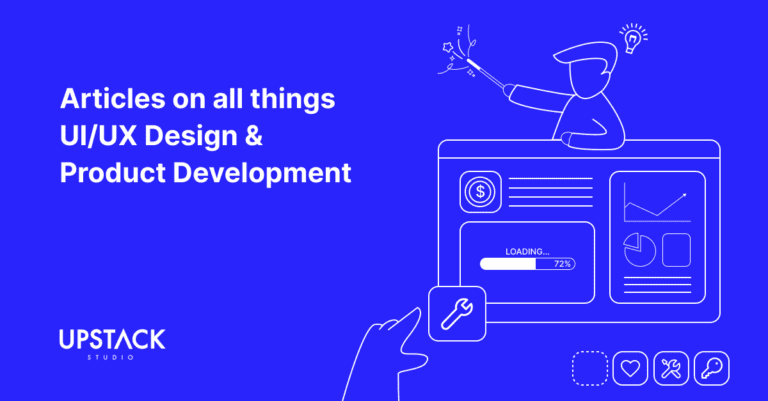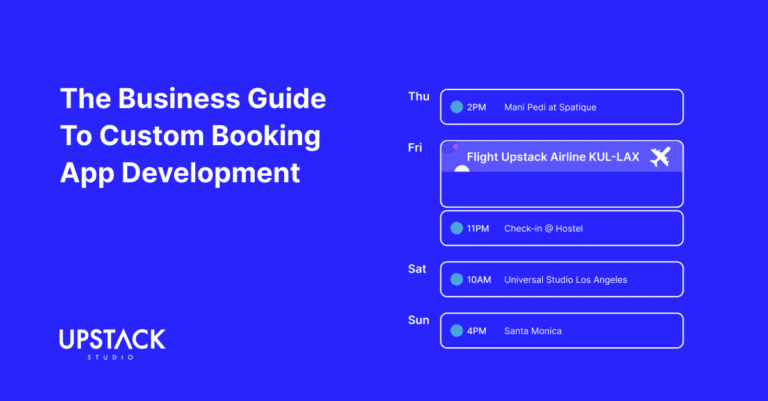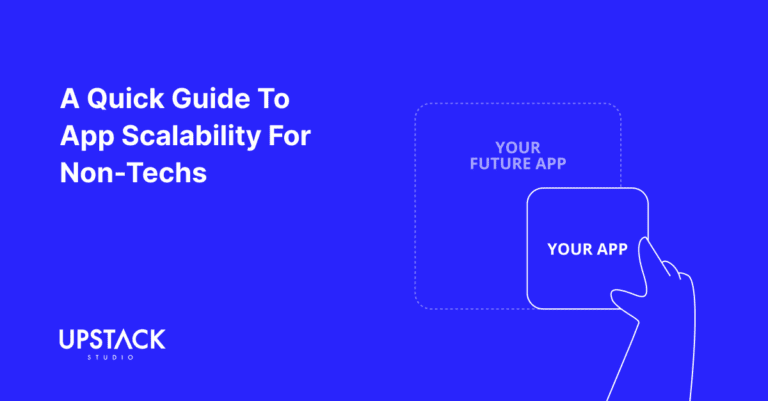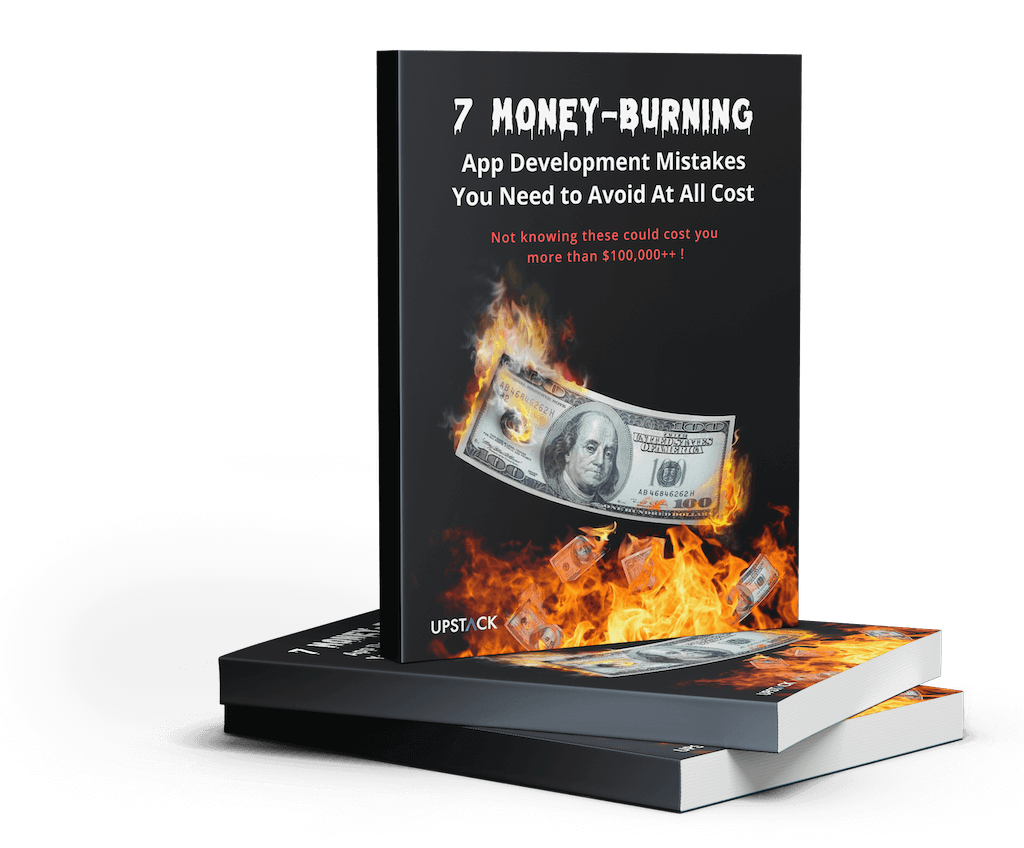Free Apps are EVERYWHERE!
According to 2023 data, only 3.1% of apps on Google Play Store require payment to download.
The remaining 96.9%, which translates to a whopping 3.7 million apps, are free.

But have you ever wondered how free apps make money?
Well, frankly most of them don’t make a cent, but that’s not for a lack of effort.
App developers are ingenious when it comes to mobile app monetization strategies built on top of keeping apps free for users, and in this post, we’ll look at two such strategies.
Common Types of Free Apps
These span from apps that promote productivity to those that destroy it (aka games), and usually fall under three distinct categories:
| Type of App | Examples |
|---|---|
| Entertainment Apps | Netflix or Spotify |
| Gaming Apps | Candy Crush or Pokemon Go |
| Productivity Apps | Google Drive or Evernote |
Despite the wide range, you’ll find that across the board, all free apps lend themselves well to the same number and types of app monetization strategies – which we’ll take a closer at now.
Common App Monetization Strategies
Broadly speaking, app monetization strategies for free apps come in two forms:
- Prompting users to pay for an enhanced user experience
- Turning user engagement into revenue
Paying for a Better User Experience
This works when the app provides basic functionality for free, while enhanced features are paid for.
This approach is often viewed as a sweet spot between attracting new users to an app via a freemium version, while also giving users the option to spend for a better app experience.
1. In-App Purchases
If the enhanced user experience is obtained via one-off payments, they are known as in-app purchases.
The more users an app has, the higher the number of conversions for the paid version.
As for what defines the ‘enhanced features’ that users might pay for, this can include:
- Exclusive content
- Unlocking additional levels/power-ups/skin packs in games
- Access to offline capabilities
- Priority support
- Special app customization options
2. Subscription Plans
If the enhanced user experience is delivered continuously over a fixed period, it is known as a subscription plan, and they usually come in monthly or annual versions.
Because subscribers are meant to be a continuous source of revenue, many app founders set up subscriptions that automatically deduct from a user’s card – questionable, but legal.
In fact, the same app might have a combination of one-off in-app purchases and subscriptions.
For example, you might download a free fitness app that offers specialized workout routines for a small one-off fee, or a continuous series of customised workouts as part of an annual subscription plan.
Turning Users into Products
You may have heard of the saying ‘If you’re not paying for the product, you are the product”.
Take the following picture of dogs, for example:

We gave it to you for free, and we bet everyone who reads this far will have spent some time looking at it, thinking ‘cute dogs’.
If enough people look at that picture every day, Upstack Studio could use it to generate revenue.
Specifically, we’d use the same strategies app founders use on their apps, listed below.
1. In-App Advertising
In-app advertising often takes the form of banner ads, interstitial ads, video ads or native ads.
This varied format ensures that ads can be seamlessly integrated into the app’s design and user experience, preventing disruption to the user experience.
However, the key to effective in-app advertising lies in the balance.
It’s essential to maintain a harmony between ads and a user experience that keeps your audience coming back – check out our piece on TikTok’s business model for a great example of how it’s done right.
2. Affiliate Marketing
In affiliate marketing, free apps play the role of a middleman, endorsing third-party products or services to their users.
For every user who clicks on these endorsed links and makes a purchase or fulfills a specific action, the free app earns a commission.
This form of free app monetization is increasingly popular as it provides a win-win situation for all stakeholders. The app developers earn revenue, the affiliated companies gain customers, and users find potentially useful products or services.
3. Data Monetization
Another substantial source of income for free apps is data monetization.
As users interact with free apps, they generate tons of data from app usage patterns to personal preferences.
Combine this with information such as location and demographics, and one can create a rich user profile.
App developers can then sell this anonymized data to interested parties such as market research companies, advertisers, or even other apps to help shape their strategies. Users essentially become the product that is being sold.
4. Sponsorships and Supporting Partnerships
Here, partnerships with companies that offer complementary services can prove advantageous.
For instance, a fitness app could partner with a protein supplement brand – providing the brand exposure to a relevant audience in exchange for a sponsorship fee.
Another example would be a productivity app partnering with a corporate firm to provide exclusive app features to the company’s employees.
Note: Monetize User Data Responsibly
Data monetization is a growing trend in how free apps earn money.
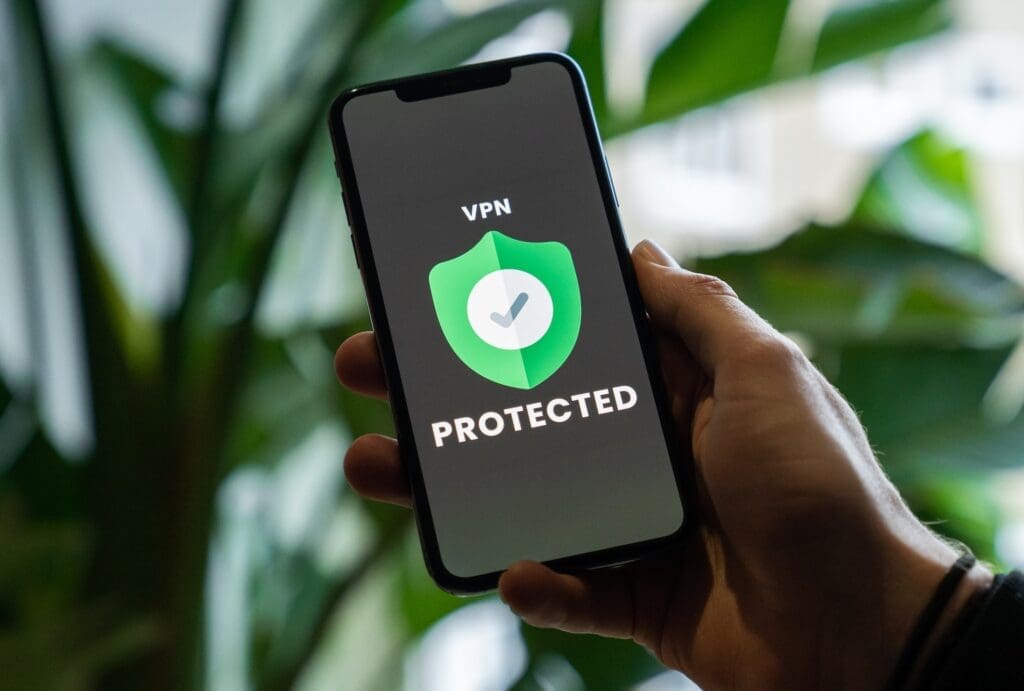
It involves collecting, analyzing, and selling user data to interested companies who use it for targeted marketing and improving their products or services.
User privacy is crucial here, and apps should ensure transparent, responsible data handling practices.
Considerations When Monetizing a Free App
Despite the myriad opportunities that free app monetization delivers, app developers face many obstacles along the way.
Balancing an enjoyable user experience with monetization strategies is an art unto itself.
In a market flooded with free apps, jumping ahead of the competition and sidestepping market saturation pose real challenges. However, with innovative and savvy monetization techniques, it’s possible to retain user satisfaction while driving substantial revenue streams.
- Locating the equilibrium between developing a rich user experience and integrating data monetization techniques can be complex.
- With free apps mushrooming at a fast pace, dealing with intensified competition and avoiding market oversaturation become daunting tasks.
Despite these challenges, through strategic monetization methods, it’s achievable to preserve user engagement while maximizing revenues.
By the way, check out our list of seven app monetization strategies every founder should know.
A ‘Free’ App is a Great Way to Test the Market
There’s one point to emphasize before we close: a free app is not just a product.
Free apps allow companies to understand their user behavior, thereby enhancing their ability to target advertising and improve the product.
It could even be useful for planning out future price points as part of the app revenue model.

Moreover, free apps create a platform for sales promotions, offers, or partnerships.
As technology evolves, the strategies for mobile app monetization will adapt and offer new revenue channels for ‘free’ apps.
In conclusion, if you look at any free app on your smartphone, remember it’s more than just a handy tool. It’s a masterclass in modern-day monetization. What is ‘free’ for you, is a symbiotic business model for businesses.
Hey there stranger, thanks for reading all the way to the end. Consider joining our mailing list for a one-stop resource on everything from micro SaaS validation all the way to execution and promotion. Get a nifty list of questions to ask app developers when you sign up!
App Developer Interview Questions Template
Download this template now so you know exactly what to ask App Development Agencies! Let us know where should we send it through the form below.

